39 cubism founder crossword clue
Cubism: What is Cubism? - USEUM Cubism was one of the most influential art movement of the 20 th century. It was founded around 1907 and 1908 by Pablo Picasso and Georges Braque with the aim to reject the traditional techniques of perspective, modelling and chiaroscuro and refuting the idea of art as pure imitation of nature. By breaking objects and figures down into distinct areas or planes, the artists aimed … › toah › hdCubism | Essay | The Metropolitan Museum of Art | Heilbrunn... Department of Modern and Contemporary Art, The Metropolitan Museum of Art. October 2004. Cubism was one of the most influential visual art styles of the early twentieth century. It was created by Pablo Picasso (Spanish, 1881–1973) and Georges Braque (French, 1882–1963) in Paris between 1907 and 1914. The French art critic Louis Vauxcelles coined the term Cubism after seeing the landscapes Braque had painted in 1908 at L’Estaque in emulation of Cézanne.
Cubism, a Complete Guide to the Revolutionary Modern Art … Cubism is an art movement that made its debut in 1907. Pioneered by Pablo Picasso and Georges Braque, the style is characterized by fragmented subject matter deconstructed in such a way that it can be viewed from multiple angles simultaneously. History

Cubism founder crossword clue
› topics › art-historyCubism History - HISTORY Jul 26, 2017 · Cubism is an artistic movement, created by Pablo Picasso and Georges Braque, which employs geometric shapes in depictions of humans and other forms. Over time, the geometric touches grew so... Cubism | Artists, Characteristics, & Facts | Britannica Cubism, highly influential visual arts style of the 20th century that was created principally by the artists Pablo Picasso and Georges Braque in Paris between 1907 and 1914. The Cubist style emphasized the flat, two-dimensional surface of the picture plane, rejecting the traditional techniques of perspective , foreshortening , modeling, and chiaroscuro and refuting time … MoMA | Cubism - Museum of Modern Art Originally a term of derision used by a critic in 1908, Cubism describes the work of Pablo Picasso, Georges Braque, and those influenced by them. Working side by side, they developed a visual language whose geometric planes and compressed space challenged what had been the defining conventions of representation in Western painting: the relationship between solid and void, …
Cubism founder crossword clue. Cubism Definition & Meaning - Merriam-Webster cubism noun cub· ism ˈkyü-ˌbi-zəm often capitalized : a style of art that stresses abstract structure at the expense of other pictorial elements especially by displaying several aspects of the same object simultaneously and by fragmenting the form of depicted objects cubist ˈkyü-bist noun or adjective often capitalized cubistic kyü-ˈbi-stik useum.org › Cubism › What-is-CubismCubism: What is Cubism? - USEUM Cubism was one of the most influential art movement of the 20 th century. It was founded around 1907 and 1908 by Pablo Picasso and Georges Braque with the aim to reject the traditional techniques of perspective, modelling and chiaroscuro and refuting the idea of art as pure imitation of nature. By breaking objects and figures down into distinct areas or planes, the artists aimed to propose a revolutionary new approach to represent reality. mymodernmet.com › what-is-cubism-artCubism, a Complete Guide to the Revolutionary Modern Art Movement Cubism is an art movement that made its debut in 1907. Pioneered by Pablo Picasso and Georges Braque, the style is characterized by fragmented subject matter deconstructed in such a way that it can be viewed from multiple angles simultaneously. History › learn › moma_learningMoMA | Cubism - Museum of Modern Art Originally a term of derision used by a critic in 1908, Cubism describes the work of Pablo Picasso, Georges Braque, and those influenced by them. Working side by side, they developed a visual language whose geometric planes and compressed space challenged what had been the defining conventions of representation in Western painting: the relationship between solid and void, figure and ground.
Cubism - Wikipedia Cubism is an early-20th-century avant-garde art movement that revolutionized European painting and sculpture, and inspired related movements in music, literature and architecture. In Cubist artwork, objects are analyzed, broken up and reassembled in an abstracted form—instead of depicting objects from a single viewpoint, the artist depicts the subject from a multitude of … › biography › Pablo-PicassoPablo Picasso - Cubism | Britannica As Kahnweiler saw it, Cubism signified the opening up of closed form by the “re-presentation” of the form of objects and their position in space instead of their imitation through illusionistic means; and the analytic process of fracturing objects and space, light and shadow, and even colour was likened by Apollinaire to the way in which the sur... › dictionary › cubismCubism Definition & Meaning - Merriam-Webster cubism noun cub· ism ˈkyü-ˌbi-zəm often capitalized : a style of art that stresses abstract structure at the expense of other pictorial elements especially by displaying several aspects of the same object simultaneously and by fragmenting the form of depicted objects cubist ˈkyü-bist noun or adjective often capitalized cubistic kyü-ˈbi-stik Pablo Picasso - Cubism | Britannica As Kahnweiler saw it, Cubism signified the opening up of closed form by the “re-presentation” of the form of objects and their position in space instead of their imitation through illusionistic means; and the analytic process of fracturing objects and space, light and shadow, and even colour was likened by Apollinaire to the way in which the sur...
Cubism History - HISTORY Jan 10, 2023 · Cubism is an artistic movement, created by Pablo Picasso and Georges Braque, which employs geometric shapes in depictions of humans and other forms. Over time, the geometric touches grew so... Cubism | Essay | The Metropolitan Museum of Art | Heilbrunn … Department of Modern and Contemporary Art, The Metropolitan Museum of Art. October 2004. Cubism was one of the most influential visual art styles of the early twentieth century. It was created by Pablo Picasso (Spanish, 1881–1973) and Georges Braque (French, 1882–1963) in Paris between 1907 and 1914. The French art critic Louis Vauxcelles coined the term Cubism … Cubism Movement Overview | TheArtStory Cubism spread quickly throughout Europe in the 1910s, as much because of its systematic approach to rendering imagery as for the openness it offered in depicting objects in new ways. Critics were split over whether Cubists were concerned with representing imagery in a more objective manner - revealing more of its essential character - or whether they were principally … MoMA | Cubism - Museum of Modern Art Originally a term of derision used by a critic in 1908, Cubism describes the work of Pablo Picasso, Georges Braque, and those influenced by them. Working side by side, they developed a visual language whose geometric planes and compressed space challenged what had been the defining conventions of representation in Western painting: the relationship between solid and void, …
Cubism | Artists, Characteristics, & Facts | Britannica Cubism, highly influential visual arts style of the 20th century that was created principally by the artists Pablo Picasso and Georges Braque in Paris between 1907 and 1914. The Cubist style emphasized the flat, two-dimensional surface of the picture plane, rejecting the traditional techniques of perspective , foreshortening , modeling, and chiaroscuro and refuting time …
› topics › art-historyCubism History - HISTORY Jul 26, 2017 · Cubism is an artistic movement, created by Pablo Picasso and Georges Braque, which employs geometric shapes in depictions of humans and other forms. Over time, the geometric touches grew so...
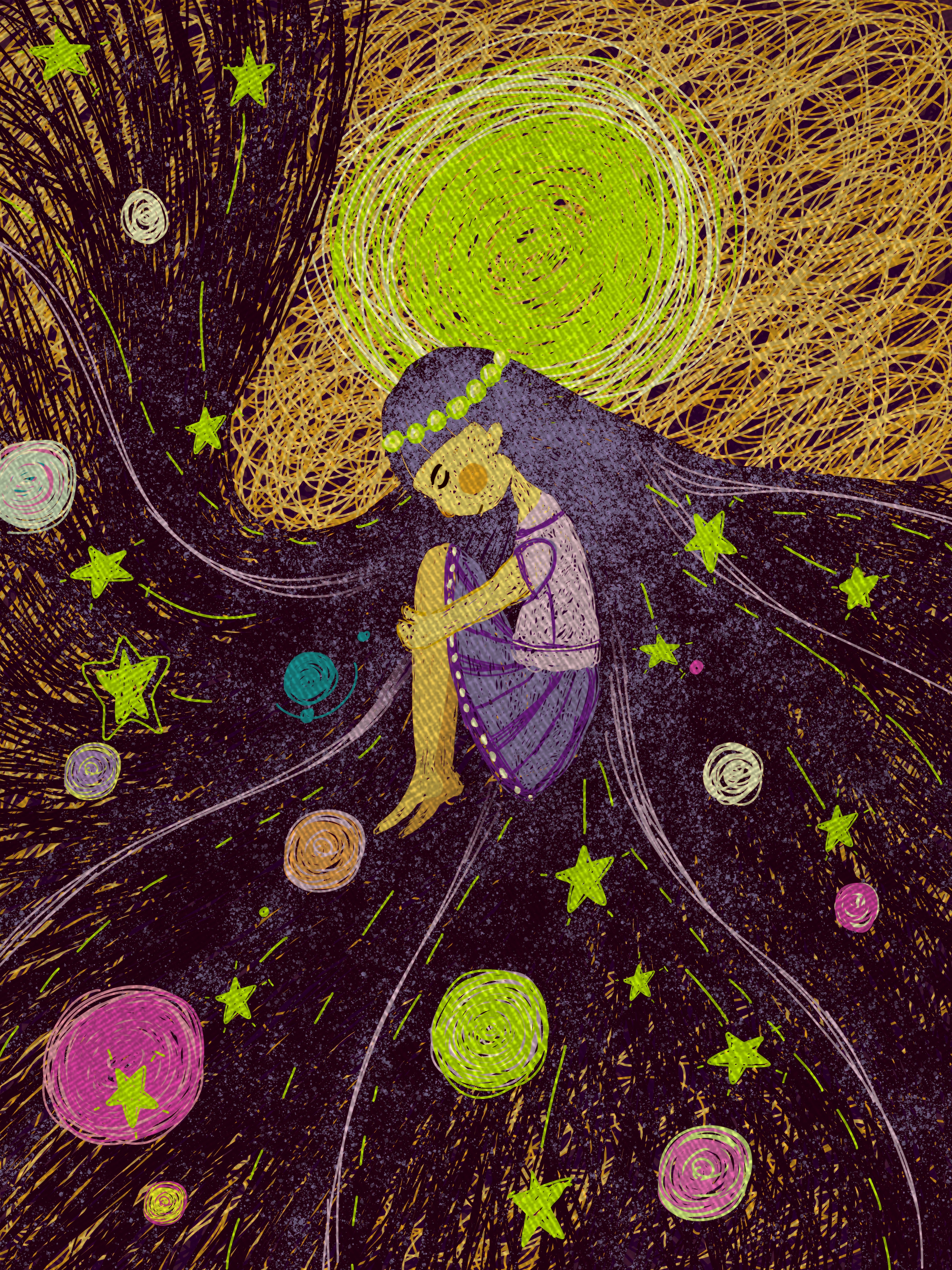


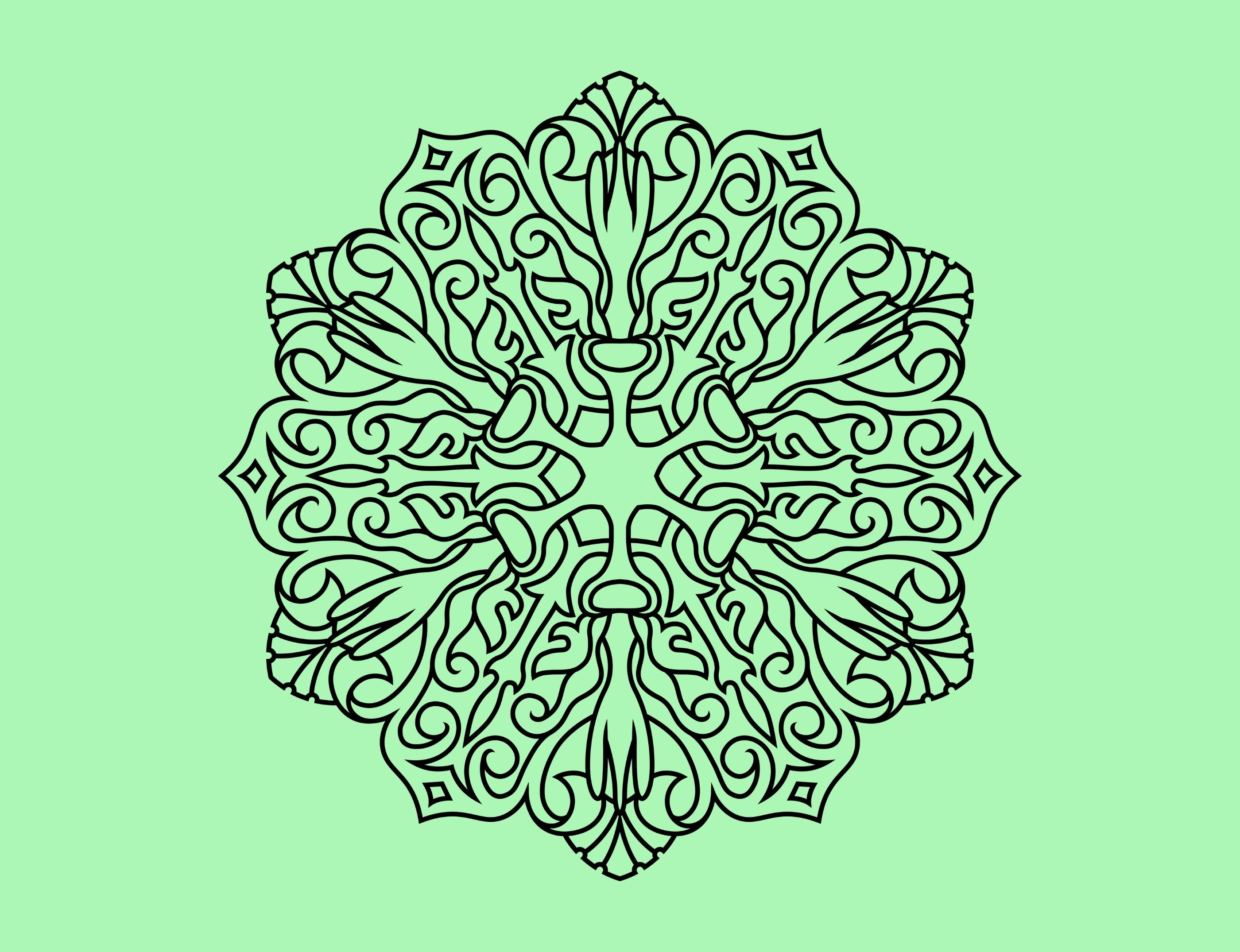


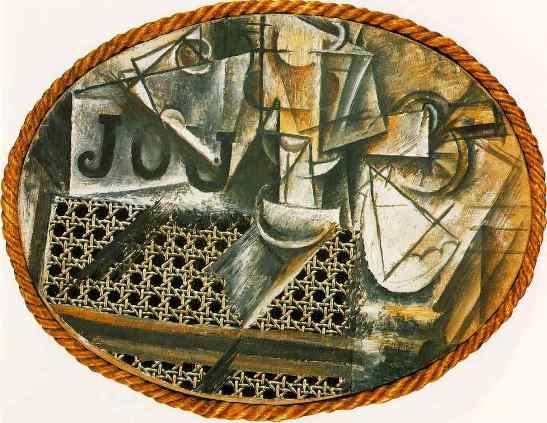
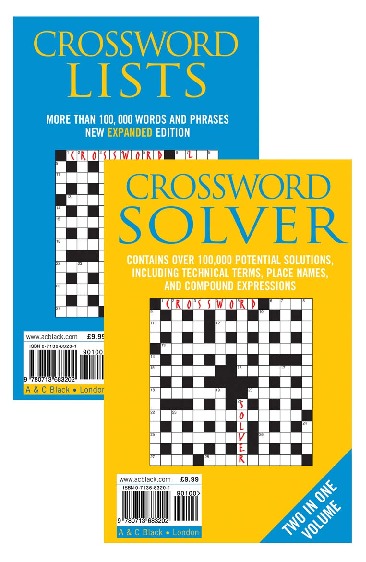





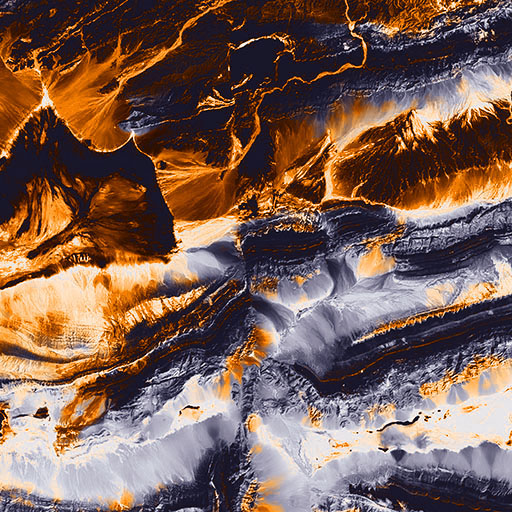
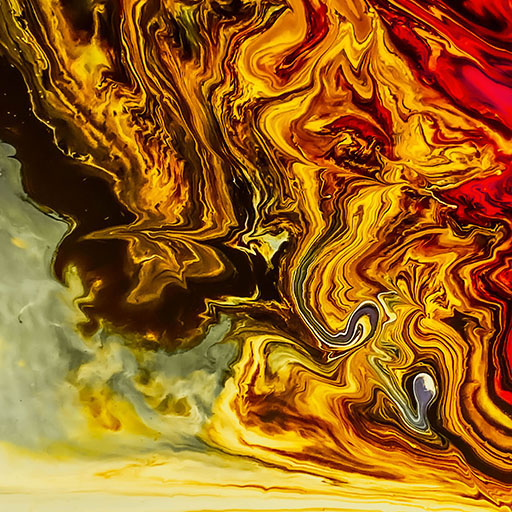




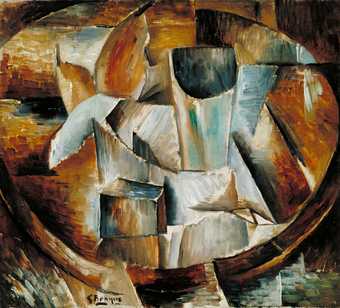
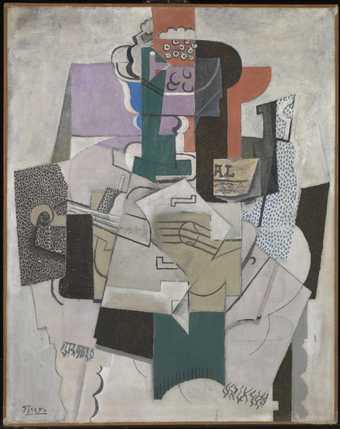
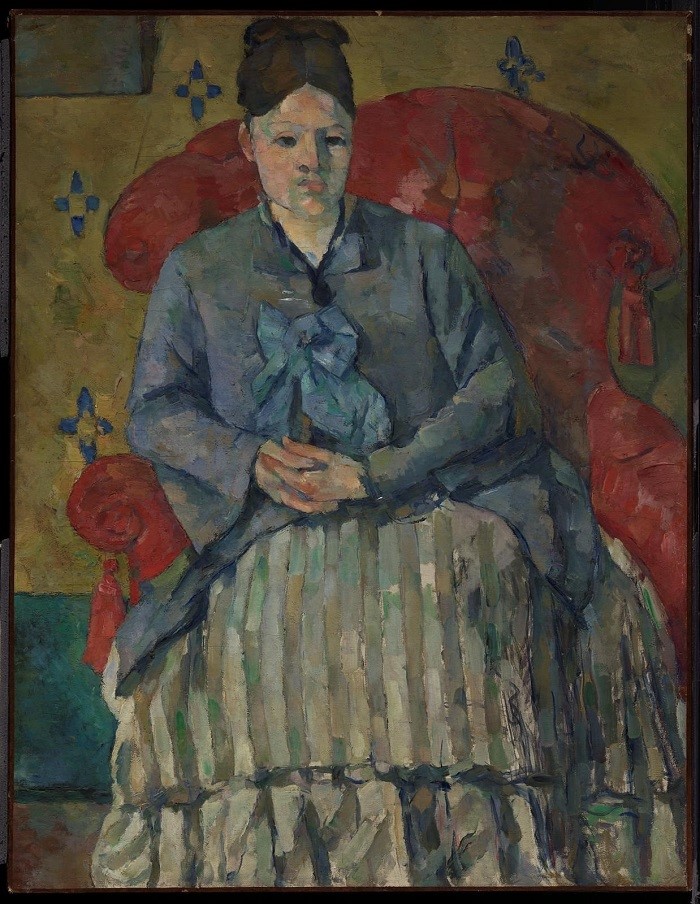
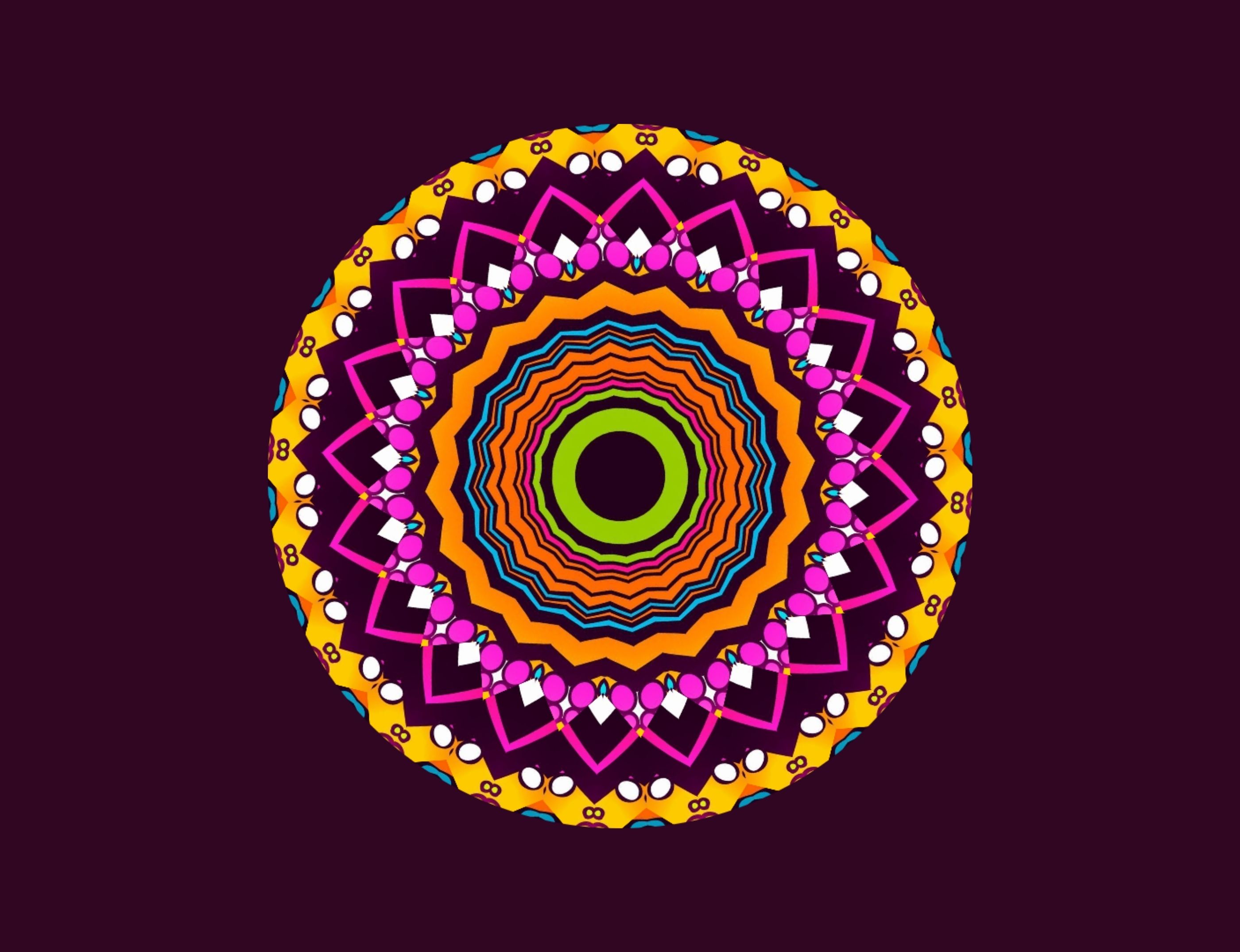

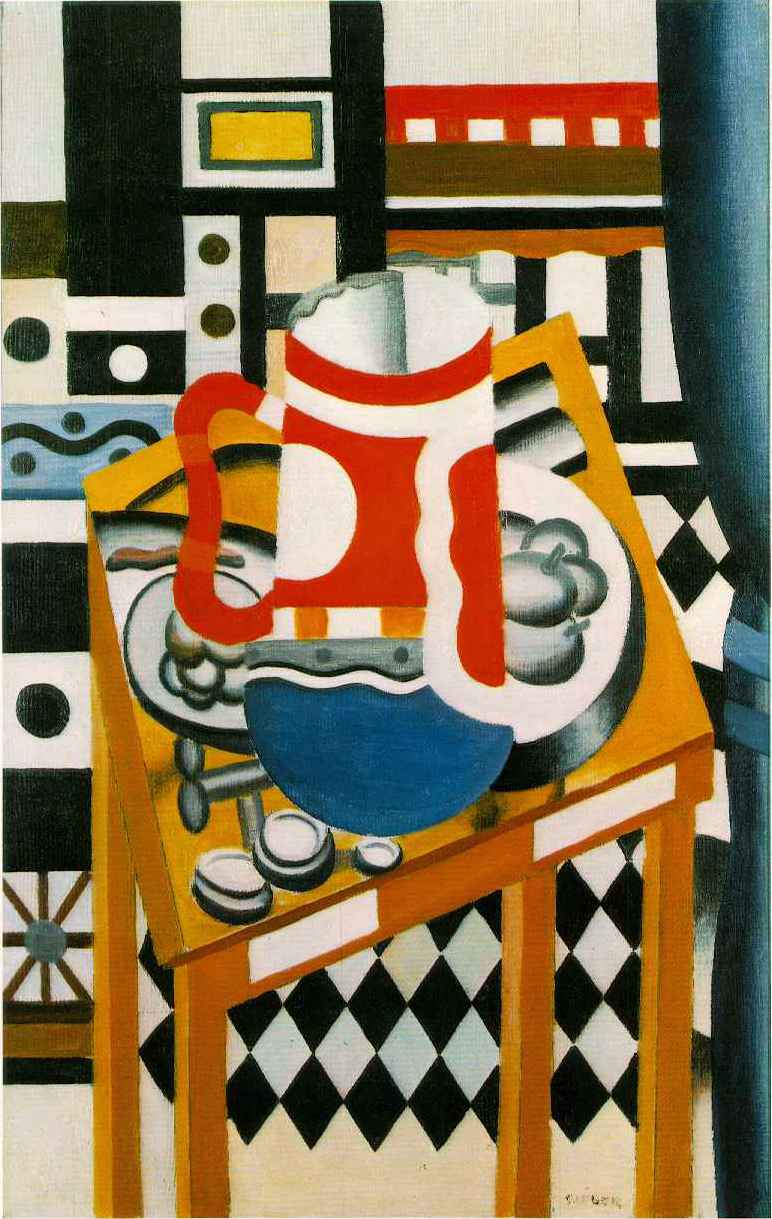









0 Response to "39 cubism founder crossword clue"
Post a Comment